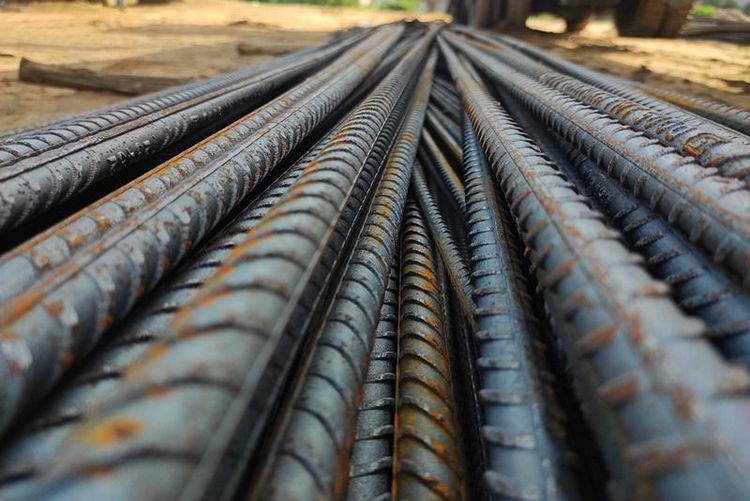Yield strength vs ductility
Yield strength: higher yield strength allows the bars to withstand greater loads. However, bars with excessively high yield strength may become brittle beyond a certain threshold, which is detrimental in seismic events. Brittle failure leads to sudden structural collapse, whereas ductile failure provides warning signs, allowing for evacuations.
Ductility: ductility, expressed as elongation percentage, determines the bar’s ability to undergo plastic deformation before fracture. This is critical in seismic zones, as ductile bars absorb seismic energy by bending without breaking. Ductility is particularly crucial in high-seismic zones (IV and V), where structures experience repeated loading cycles.
TMT bar grades and their suitability in seismic zones
Fe 415 bars are primarily used in low-seismic zones or for structures that do not require high load-bearing capacity. With a yield strength of 415 MPa and moderate elasticity, Fe 415 is typically applied in residential or low-rise buildings. These bars provide sufficient flexibility for regions where seismic forces are minimal. However, their lower strength makes them unsuitable for high-seismic zones requiring greater tensile strength and energy absorption.
Fe 500 is India's most used grade, offering a balance between strength (500 MPa yield strength) and ductility. It is suitable for medium to high-rise buildings in seismic zones III and IV. Fe 500’s elongation percentage (typically 12–16%) ensures sufficient plastic deformation under seismic loads, making it suitable for moderate earthquake resistance. This grade provides the necessary tensile strength while maintaining flexibility to avoid brittle failure during seismic events.
Fe 550 TMT bars provide a higher yield strength of 550 MPa, which allows them to support greater loads. However, their ductility is slightly lower compared to Fe 500 bars. They are often used in industrial structures, bridges, and infrastructure projects where load-bearing capacity is prioritised over flexibility. Fe 550 bars are suitable only in seismic zones IV and V if combined with design strategies that account for their reduced ductility, such as confining reinforcement and joint detailing, to enhance the building’s overall seismic resilience.
Fe 600 bars, with a yield strength of 600 MPa, are the strongest among the commonly used TMT grades. However, they have a lower elongation percentage and are less ductile compared to Fe 500 and Fe 550. These bars are better suited for non-seismic applications such as high-rise buildings or structures requiring high load-bearing capacity but located in low-seismic regions. In earthquake-prone areas, the risk of brittle failure in Fe 600 bars outweighs their benefits, making them inappropriate for seismic design.






 +91 7208055523
+91 7208055523
 Help & support
Help & support
